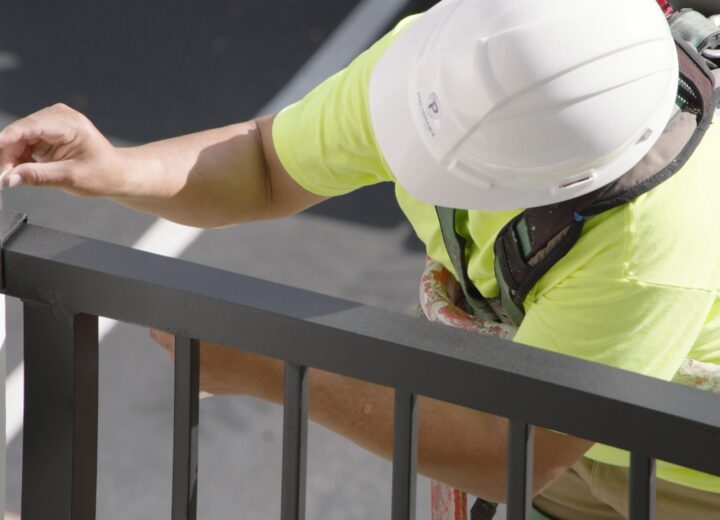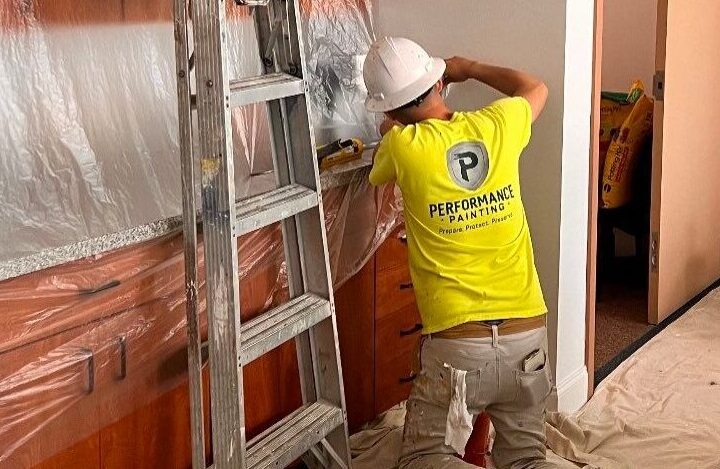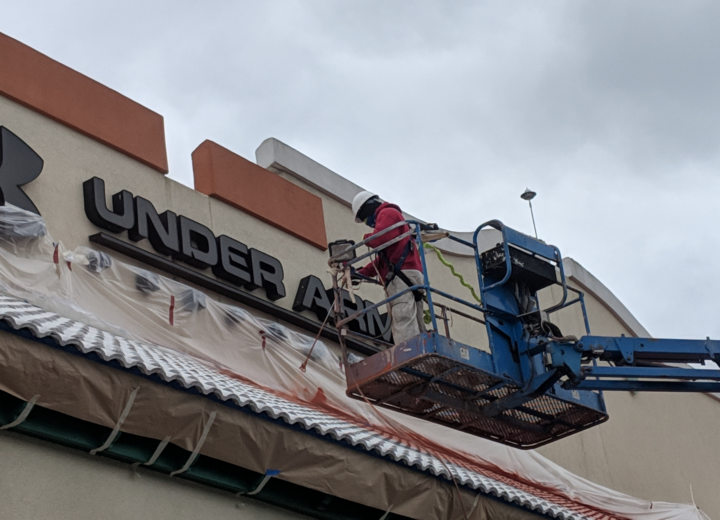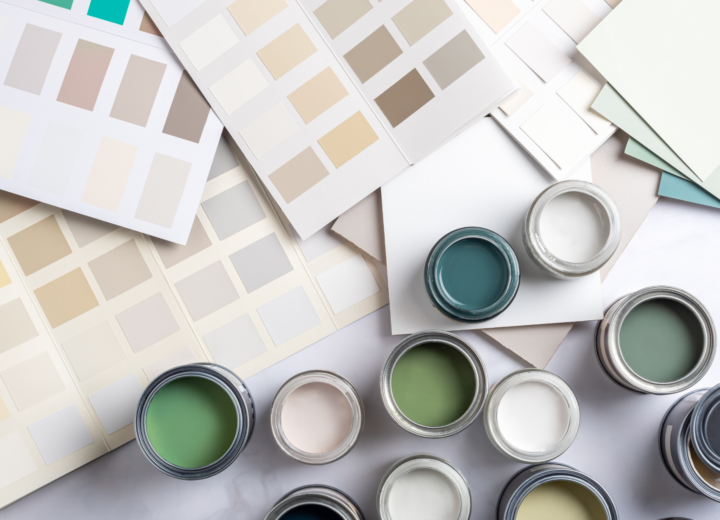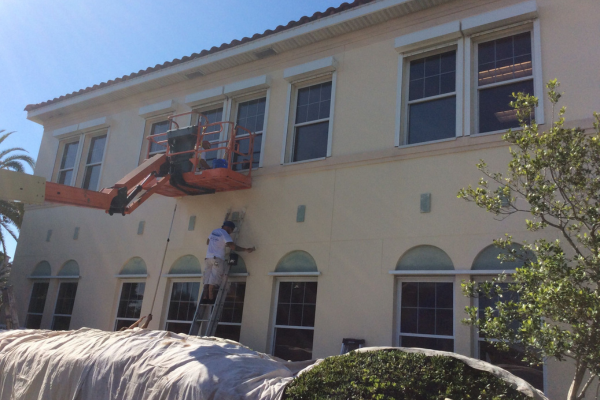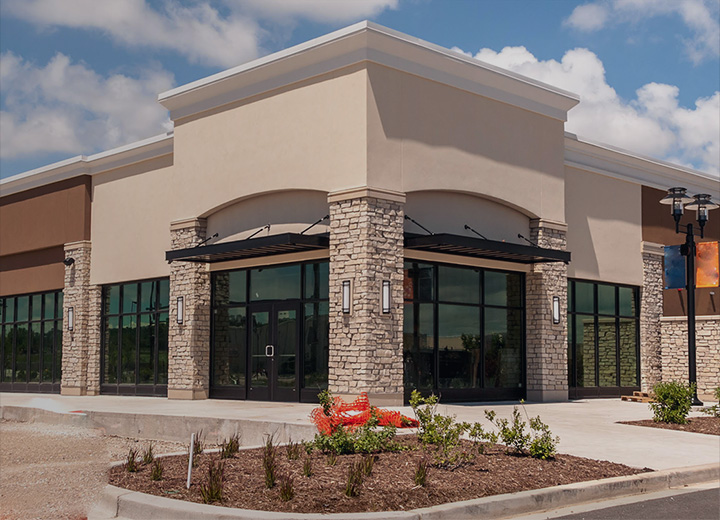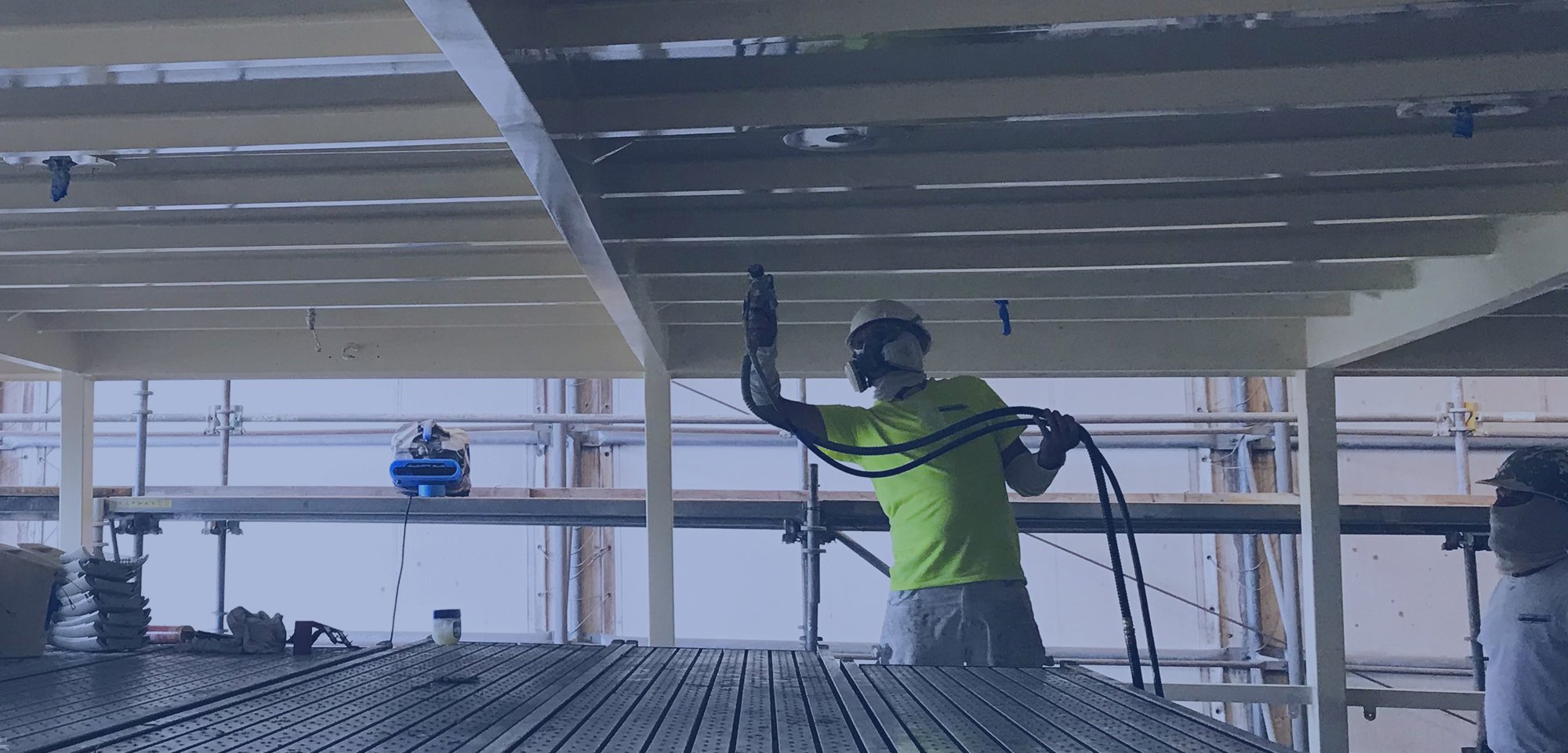
Commercial metal is notoriously difficult to paint successfully. For a paint project to produce the desired results, three things are required:
- Appropriate preparation of the surface, including cle
aning and de-rusting - Correct coating selection for commercial metal based on the environment
- Professional application of the coating to enhance adhesion and endurance
Many a business owner has discovered that trying to paint a commercial metal surface created more work than it saved. A mismatch in the selection of coatings can leave you with a damaged surface or one that will soon need to be completely repainted.
Why is Painting a Commercial Metal Surface So Difficult?
The superior performance qualities of commercial and industrial metal surfaces are largely due to the fact that these surfaces are non-porous.
A non-porous surface is highly resistant to many environmental stressors, such as rust, and can benefit from specialized treatments like electrostatic coating.
Unfortunately, most business owners don’t have sufficient knowledge of how to paint non-porous surfaces. The vast majority of residential exterior and interior wall surfaces are relatively easy to paint because coatings adhere to any irregularities, which is not the case when painting metal.
Commercial painting professionals have a solution: Paint adhesion testing can be used to ensure a coating will adhere properly to the substrate (surface) to be painted.
However, testing out novel formulations in every paint project would add significant overhead to projects – so best practices have been developed.
The Two Biggest Mistakes to Avoid When Coating Metal Surfaces
The coatings used on a commercial metal surface make up its principal defense against any corrosive agents. Coatings must be selected based on the environment as well as the metal itself.
Business owners and facilities managers not familiar with commercial metals often make costly mistakes in selecting their coatings. The most common is trying to use a familiar “go-to” coating that works for basic interior applications, but won’t work for metal.
Most commonly, this is a water-based primer – perhaps the worst choice for metal.
Water-based latex primers are common and inexpensive. They are effective for many mid-range applications, but only last a limited time on metal. This is because water-based primers are highly vulnerable to moisture infiltration that rapidly causes paint to fail.
The second mistake involves failing to properly prepare the surface before priming.
Commercial metal should be thoroughly cleaned before the first primer coat goes on. This usually begins with a bleach mixture carefully applied with a wire brush. After initial cleaning, most surfaces can be washed further with a power washer.
Only once this process is done should appropriate primers be applied. For the best appearance, it is usually best to have two layers of primer on all areas the public will see.
Make Metal Painting Successful from the Start With Galvanized Metal Primer
For high-performance coating adhesion on a metal surface, primer is a must.
The purpose of primer is to improve adhesion, strengthen the durability of the paint, and add more surface protection from active elements in the environment. Naturally, primers for metal surfaces must be carefully selected.
There are two things to know about primer for commercial metal:
1. All Primers Should be Rust-Inhibitive
As the name suggests, this primer interferes with the development of rust on the substrate. Even if an area has already suffered rust damage, it can usually be coated with this primer, which you’ll also see referred to as rust converter.
Rust-inhibitive primers include additional ingredients that slow down the chemical process of oxidization. They can work by absorbing oxygen that would otherwise interact with the metal or by providing protection that keeps oxygen and iron separate.
Loose rust should be removed and the area sanded before application. After priming is performed, the surface can be painted normally. In most cases, rust does not need to be fully removed from the surface: Direct-to-rust coatings really do work.
2. Special Galvanized Metal Primer is Key
Galvanized metal primer is specially formulated for metals that actively prevent coatings from adhering. For example, they are widely used on aluminum. In such projects, the metal primer is essential to the paint’s longevity.
Many acrylic coatings can adhere directly to cleaned galvanized metal. Although acrylic and latex paint can be similar, acrylic paint is not water-based, reducing the risk of moisture penetration.
Professional Painting Contractors Make Metal Painting Easier
Performance Painting Contractors is the team you can trust with your complex commercial paint project. We take time to understand your needs and use the latest methods to reach your goals.
Our combination of experience, tools, and technology make us second to none when it comes to commercial metal painting. Our painters have thousands of hours of experience in commercial and industrial projects demanding the highest standards of quality and workplace safety.

